 London Lost & Found
London Lost & Found
The birth of the Stock Exchange
Jonathan’s Coffee House was opened around 1680 by Jonathan Miles in Change (or Exchange) Alley, in the City of London. Ten years later there were over 100 companies trading their shares here where traders would gather and filter news as it came from merchants using the River Thames. News would be shared by the posting of ‘items’ chalked up on the walls. In 1696, several patrons were implicated in a plot to assassinate William III, and it was thought to be closely associated with the Popish Plots.
Over a period of time runners would be sent out to garner fresh items of news as it came in from the ships giving traders a more dynamic feed of news on which to base decisions. The runners would be sent out to extract the information from the servants of incoming merchants and so tales of disaster or success could be learned of quickly. All the relevant information would be manually transmitted back to the coffee shop providing the fundamental information for a buy/sell order.
In 1989 John Castaing and entrepreneurial Huguenot broker began to produce a weekly list of bullion and stock prices which he named The Course for Exchange and Other Things. Despite competitive offerings his list became the favoured source of financial information and was printed for the next 100 years. In 1749 Jonathans was burnt down in the Cornhill Fire burnt and was rebuilt by its patrons from when it was known as the Stock Exchange and a famous institution was born. Jonathans was also the main host to the infamous South Sea Bubble in 1720 which ruined a great many Georgian speculators.
If visitors are looking for history with a great human story this is another place to put on the London visitor plan.
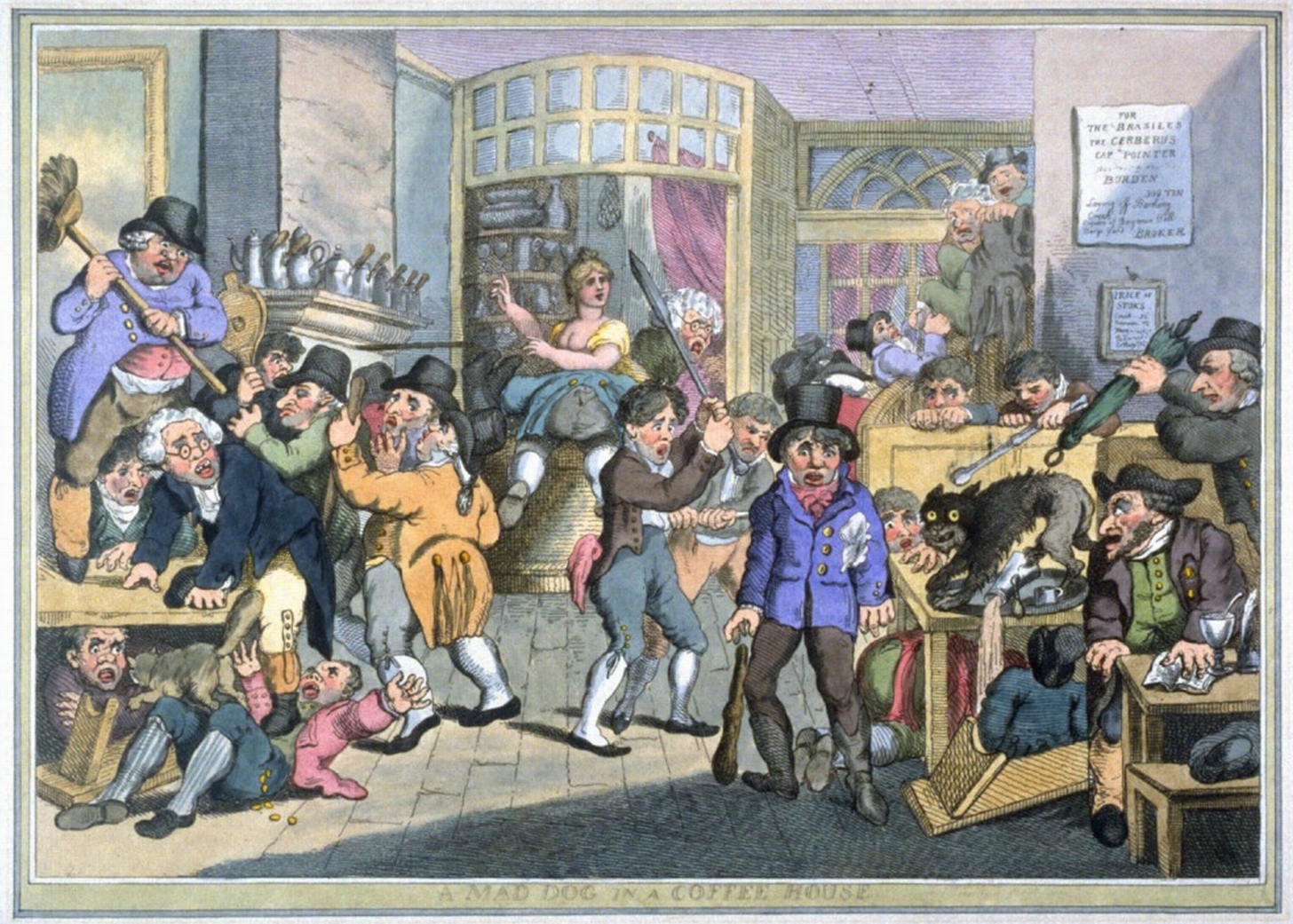
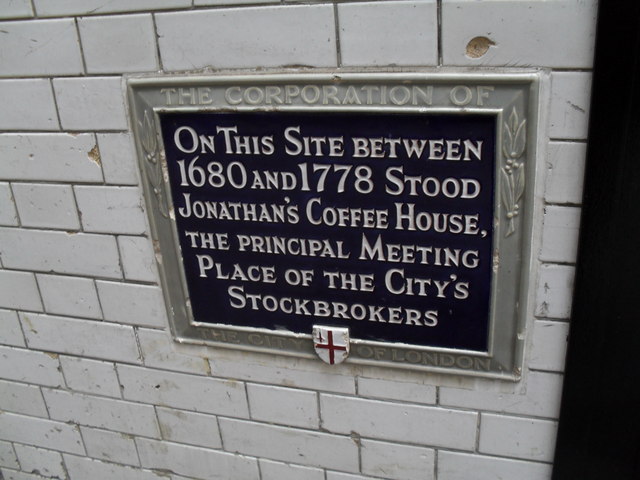
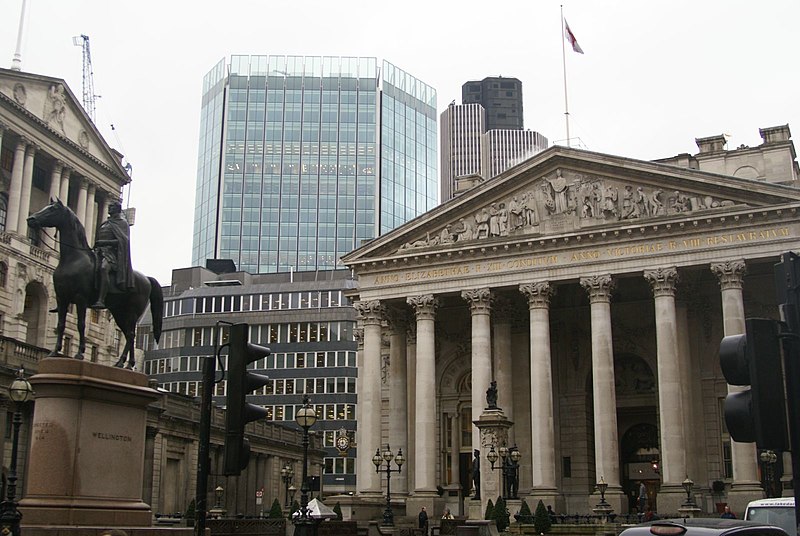
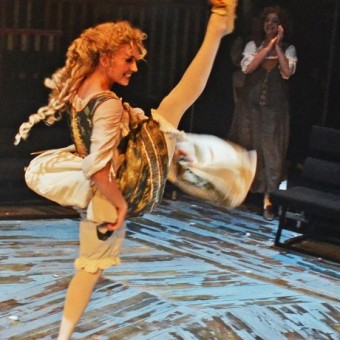
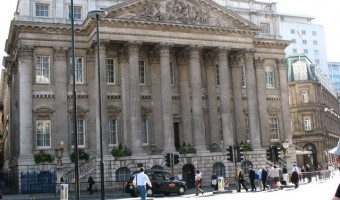
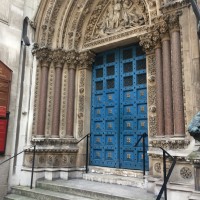
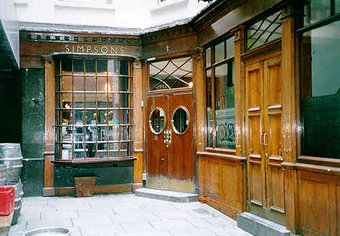
 Load more triptoids
Load more triptoids